The "Troll A" Oil Platform in the North Sea: Concrete Towers Down to the Sea Bed??
I've written about some exotic engineering oddities before, but this one is in a league of its own. If I were to tell you it's possible to construct a hollow, air filled concrete tower from the surface of the ocean to the sea bed, what would you think of that proposition?
Absolute insanity, right? So of course, the Norwegians went and did it. Basically what we're looking at here is just an extreme version of a caisson, the oldest system used to perform labor underwater. A caisson is basically just a concrete cup turned upside down, allowed to sink due to the weight of the concrete, creating a dry workspace on the bottom.
Caissons were sealed and pressurized to ambient in order to prevent water or mud from seeping in. This meant workers, usually performing some task related to construction of bridge supports beneath the surface of a lake or river, were exposed to conditions we now understand cause the saturation of blood with nitrogen gas.
They didn't know about any of that until George F. Bond made an exact science out of it, creating the discipline of saturation diving in the process. They only knew workers who stayed in the pressurized conditions too long became suddenly sick upon returning to the surface.
It was called "caisson sickness", as that was the only place workers breathed pressurized air, and as such it was not yet associated with diving. Today we know it as the bends. The "simple" solution is to build a very tall caisson which reaches to the surface and is open air, so the interior is always at one atmosphere.
That's precisely how the support towers of the Troll A platform operate. The fact that they remain at sea level air pressure inside also creates a suction effect at depth, pulling the bottom of the tower deeply into the sea bed and securing it very effectively. Here is what it looks like from the surface:
The fact that the supports are hollow gives workers unprecedented easy access to the sea bed, where the compressors are that extract oil. This means unlike any other oil rig design, Troll A permits workers in plain clothes and hard hats, with no diving gear, direct round the clock access to the well heads.
Contrast this with the deep horizon clusterfuck where it took days to stop the leaking, because it had to be done underwater using robots. Of course beyond certain depths, Troll A's solution becomes impractical. Imagine hollow concrete towers reaching two miles down to the abyssal plain, for example.
Have a look at that, will you? Imagine the spooky serenity of standing in that space. Knowing that the entire ocean waits just outside those concrete walls and that you're standing on the bottom of the sea. It gives me chills.
You might assume based on the austere conditions in the photo that the rest of the oil rig is similarly dismal. But that couldn't be further from the truth. Norway is a very wealthy country due to their plentiful offshore oil deposits, and accordingly no expense is spared to make the oil platforms themselves comfortable places to live and work.
The interior of the Troll A living sections resemble hotels or apartment complexes. Not on the same level as a cruise ship, but also not the sterile metal bulkheads you could be forgiven for anticipating given where they are.
Besides bunks, there exist all manner of amenities meant to make the experience of living at sea for several weeks per rotation as comfortable as possible. It's an isolated and harsh environment that, without such creature comforts, would be difficult to bear for any serious length of time.
The high importance of build quality and luxuries in such bleak locations brings to mind the project currently underway to replace the existing McMurdo settlement in Antarctica with a consolidated, greatly modernized single structure that will bring a comparable level of luxury to the bitterly cold wastes of the south pole.
It's all about frontloading as much quality as possible into the only thing you have control over when settling inhospitable places: The habitat interiors. If people will be spending most or all of their time in cramped quarters, every little bit you can do to make those interiors as homey as possible really goes a long way.
Ironic isn't it, that so much of Norway's wealth comes from oil? When so much of that wealth is then used to buy electric cars, which are the most commonplace in Norway, with 52% of all Norwegian cars now powered by batteries? Conspicuous indeed, as if they know something we don't.
Then again Saudi Arabia has also been aggressively building out solar power stations and Teslas are wildly popular there. It's as if the countries most dependent upon oil wealth are all aware on some level what a disaster it would be if that oil were to run dry, if they didn't prepare themselves for it ahead of time.
We might consider doing the same, though the president's recent implementation of steep tariffs on solar panels, which destroyed 23,000 American jobs this year. As the countries which sell us oil frantically work to diminish their own dependence on fossil fuels, like a dealer who does not sample his own drugs, we only seem interested in increasing our dependence on fossil fuels.
Is that wise? Is that future proof? Ask Norway. Ask Saudi Arabia. At any rate, however I might feel about the use of oil as a vehicular fuel, the infrastructure used to actually get at undersea oil deposits is undeniably cool.
Stay Cozy!
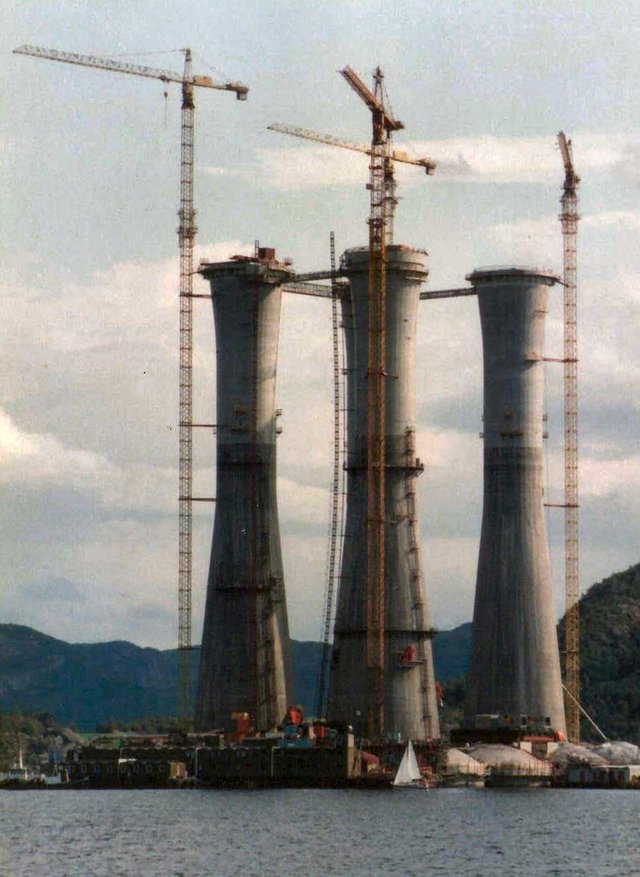
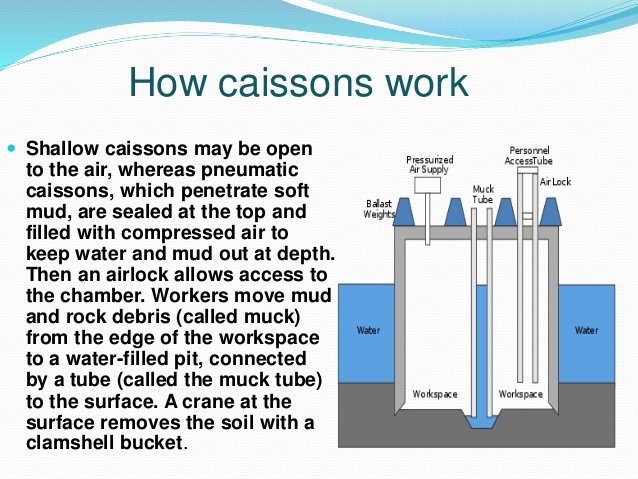
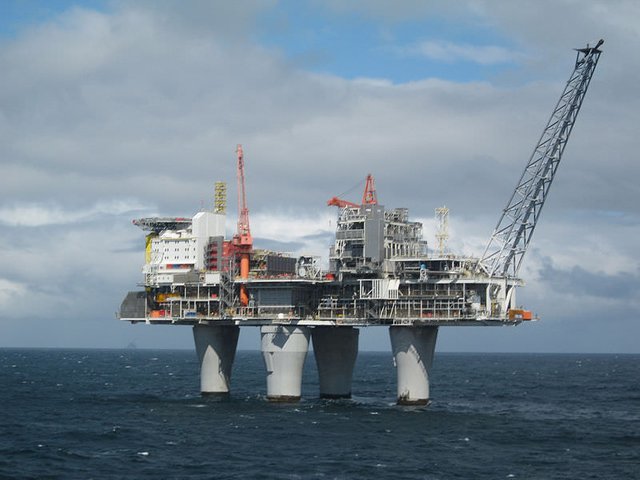
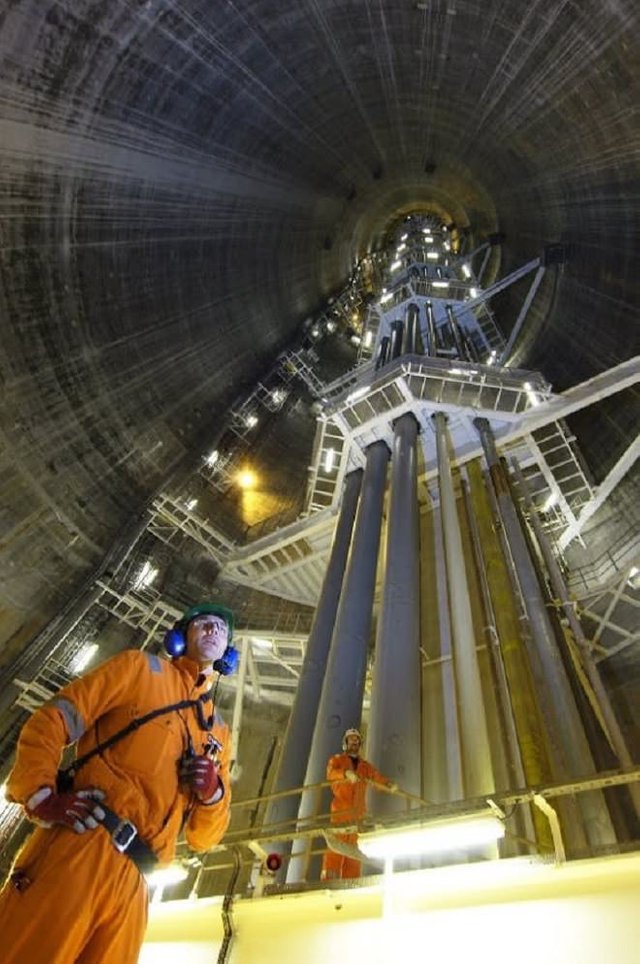
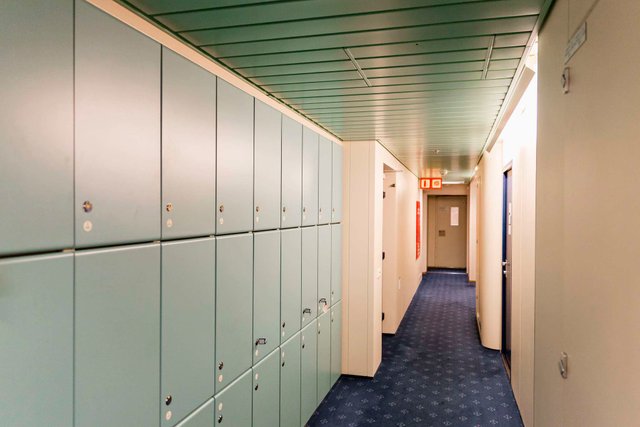
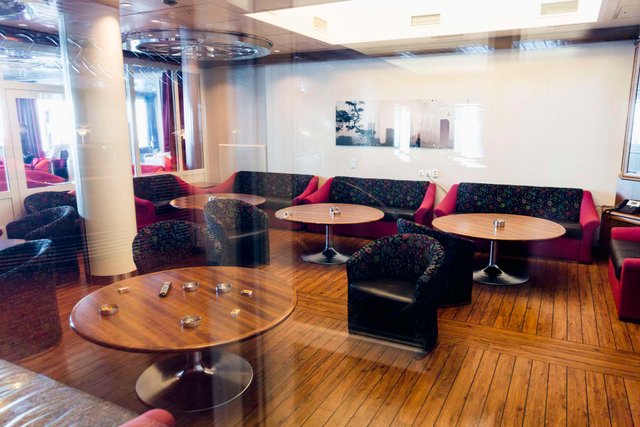
The technological evolution has gone so far that sometimes I feel as if it is impossible even in front of my eyes.
Just think the kind of hydrostatic pressure the concrete caisson is subjected to and even a minor leakage would lead to serious hazard if not attended timely.
Thank you @alexbeyman...steem on and stay blissful...
I know how Caisson works because by profession I am a civil engineer, but this is all about mega engineering in this article and I have experience in installing caissons for an intake well in a river.
Thank you @alexbeyman and Have a great day.
Pretty awesome. It'd be cool to stand in a freshly caissoned area, would have to be a pretty spooky feeling.
Hmm...This gets my wheels turning about seasteading.
Indeed, there are a few good reasons why a seastead would benefit from easy seafloor access. I've also long felt that an OTEC column should be a standard structural inclusion in seasteads, there's just no good reason not to. If you're unfamiliar, OTEC is discussed in the latter half of this article I wrote.
OTEC would require greater depth...like thousands of feet.
Wow. I would love to be there if the world came to and end and zombies were everywhere. That would be one of the last safe places.
Don't tell me... Is it really called Troll A? No way. You must be kidding me!))
Such a grand construction and has been called a Troll.
Imagine if they were not towers, but cannons.
They would be huge enough to shoot moons from them.
Wow that is indeed fascinating and moreover the evolution of tech has definitely made mankind to build many incredible things !
pretty cool what we can do these days!
For some reason the inside shot of the concrete tube reminds me of the underground portion of the Umbrella laboratory.